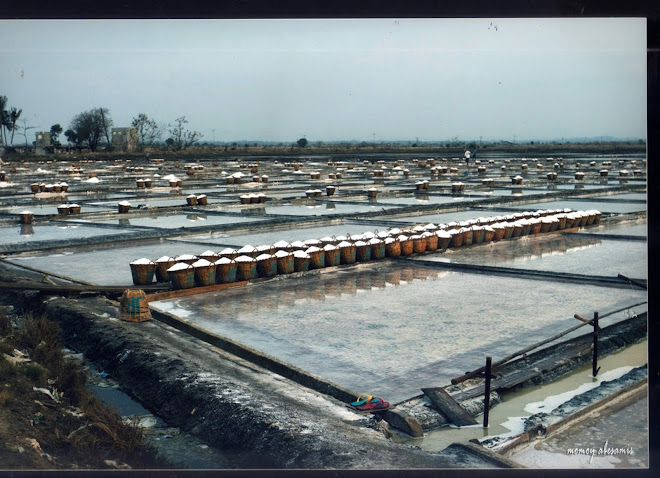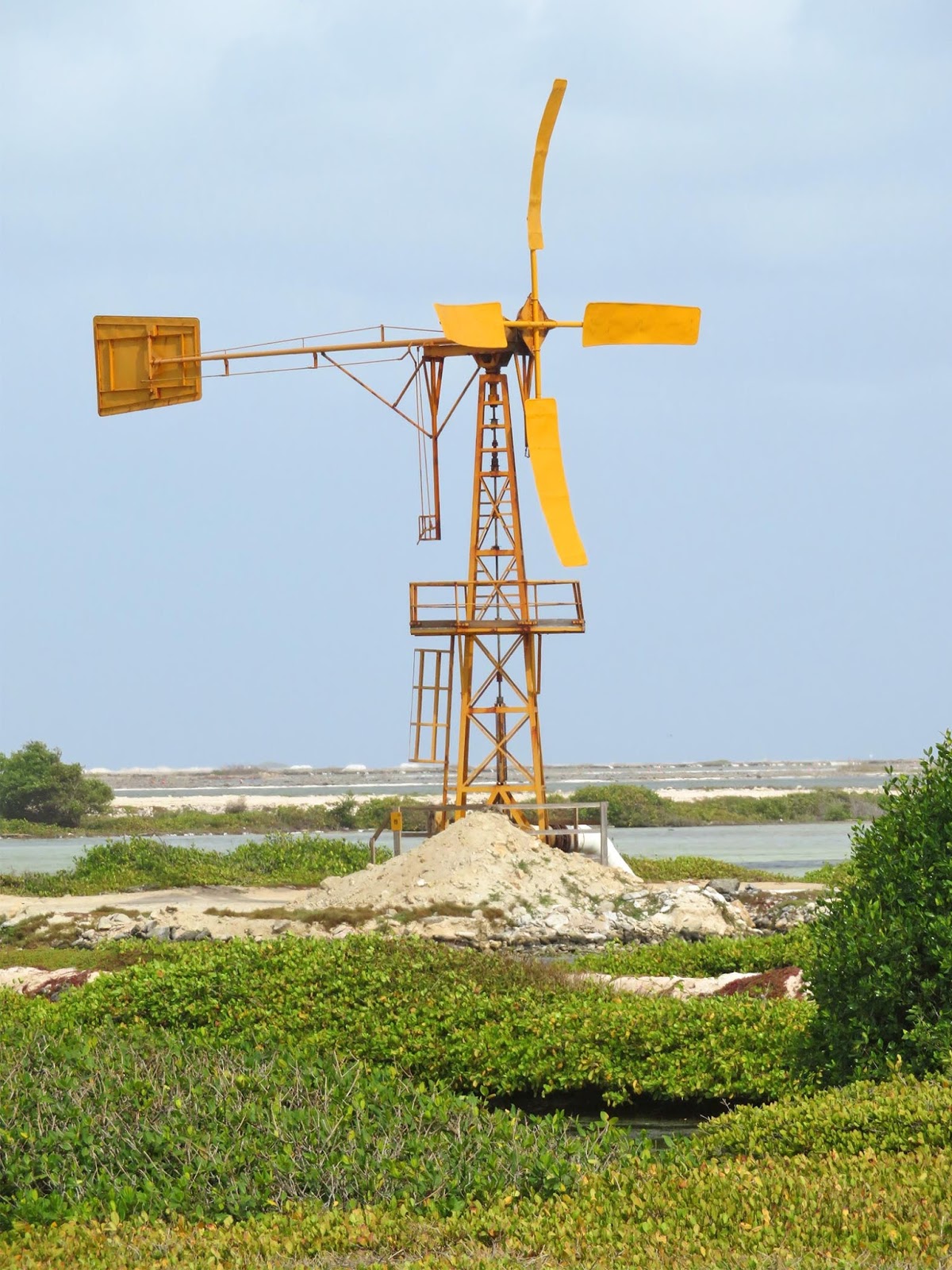
How Solar Salt Can Keep Your Koi Pond Clean and Healthy
Introduction
Koi ponds are a beautiful addition to any backyard, but they require proper care and maintenance to keep the fish healthy and the water clean. One method of maintaining proper water quality in a koi pond is by using solar salt. In this article, we’ll go over what solar salt is, how to use it in your koi pond, and the benefits of incorporating it into your pond maintenance routine.
What is Solar Salt?
Solar salt is a type of salt that is harvested from saltwater ponds or lakes. The process involves exposing the water to the sun to evaporate the liquid, leaving behind salt crystals. Solar salt is commonly used for water softening and de-icing, but it can also be used in koi ponds to improve water quality.

Why Use Solar Salt in Your Koi Pond?
There are several benefits of using solar salt in your koi pond. First and foremost, it can help to improve water quality by reducing the amount of harmful bacteria and parasites that can thrive in the pond. Solar salt works by creating a saline environment that is inhospitable to these organisms, helping to keep your fish healthy and free from disease.
Additionally, solar salt can help to prevent the growth of algae in your pond. Algae can be a major problem in koi ponds, as it can consume oxygen and create an imbalanced ecosystem that is not conducive to the health of your fish. Solar salt can help to create a more stable environment by reducing the amount of algae in the water.
How to Use Solar Salt in Your Koi Pond
Using solar salt in your koi pond is a straightforward process. First, you’ll need to determine the appropriate amount of salt to add to your pond. This will depend on the size of your pond and the current water quality. In general, you should aim for a salinity level of around 0.3% to 0.5%, which is equivalent to 3 to 5 pounds of salt per 100 gallons of water.
Once you have determined the appropriate amount of salt, you can add it directly to the pond. It’s important to dissolve the salt completely before adding it, as undissolved salt can be harmful to your fish. You can stir the salt into the water manually or use a submersible pump to distribute it evenly throughout the pond.

After adding the salt, you should wait a few days before adding any new fish to the pond. This will allow the salt to disperse evenly throughout the water and ensure that the salinity level is consistent. You can also use a salinity test kit to monitor the levels and make any necessary adjustments.
Conclusion
Incorporating solar salt into your koi pond maintenance routine can be a highly effective way to improve water quality and keep your fish healthy. Not only does it help to eliminate harmful bacteria and parasites, but it can also prevent the growth of algae and create a more stable ecosystem. With the right amount of salt and proper application, you can enjoy a beautiful and healthy koi pond for years to come.